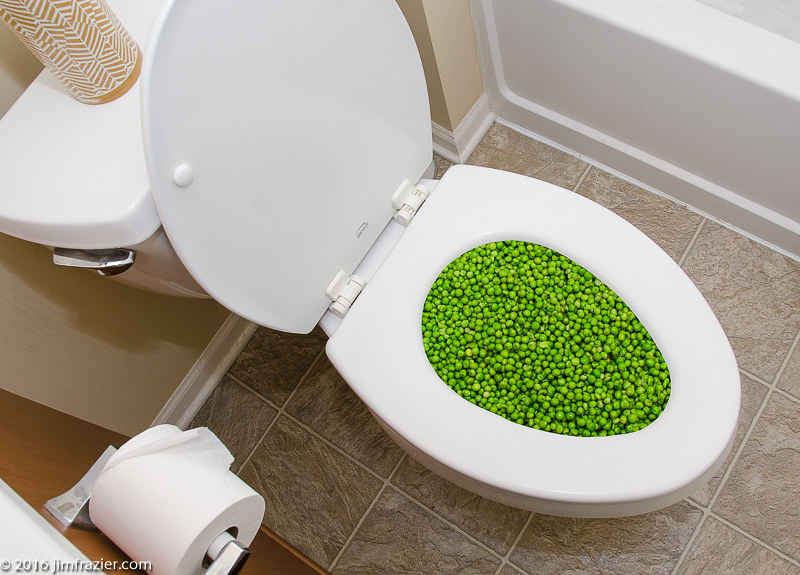Can One to Dispose of Food Down the Toilet?
Can One to Dispose of Food Down the Toilet?
Blog Article
This great article directly below pertaining to What Can Happen If You Flush Food Down the Toilet? is relatively captivating. Read it yourself and see what you think about it.

Introduction
Many people are frequently confronted with the dilemma of what to do with food waste, specifically when it comes to leftovers or scraps. One usual concern that occurs is whether it's okay to purge food down the commode. In this post, we'll explore the reasons that people may think about purging food, the effects of doing so, and alternate approaches for appropriate disposal.
Reasons why people may take into consideration flushing food
Lack of recognition
Some people might not be aware of the prospective damage brought on by purging food down the commode. They might mistakenly think that it's a safe method.
Ease
Purging food down the toilet might seem like a fast and very easy remedy to taking care of unwanted scraps, specifically when there's no close-by trash bin available.
Idleness
Sometimes, individuals may merely choose to flush food out of sheer laziness, without taking into consideration the consequences of their actions.
Effects of flushing food down the bathroom
Ecological influence
Food waste that ends up in waterways can contribute to contamination and injury marine environments. In addition, the water used to purge food can stress water sources.
Pipes problems
Flushing food can cause clogged up pipelines and drains, causing costly pipes fixings and inconveniences.
Types of food that ought to not be purged
Coarse foods
Foods with fibrous textures such as celery or corn husks can obtain entangled in pipes and create blockages.
Starchy foods
Starchy foods like pasta and rice can absorb water and swell, bring about clogs in pipelines.
Oils and fats
Greasy foods like bacon or cooking oils need to never be purged down the commode as they can strengthen and trigger clogs.
Correct disposal methods for food waste
Making use of a garbage disposal
For homes furnished with waste disposal unit, food scraps can be ground up and flushed through the pipes system. However, not all foods are suitable for disposal in this manner.
Recycling
Certain food product packaging products can be reused, lowering waste and decreasing ecological influence.
Composting
Composting is an environmentally friendly way to take care of food waste. Organic products can be composted and used to improve soil for horticulture.
The importance of correct waste administration
Reducing ecological harm
Correct waste administration practices, such as composting and recycling, aid decrease contamination and maintain natural deposits for future generations.
Safeguarding pipes systems
By preventing the method of flushing food down the toilet, home owners can stop expensive pipes repairs and maintain the integrity of their plumbing systems.
Conclusion
To conclude, while it may be tempting to purge food down the bathroom for comfort, it is essential to understand the possible repercussions of this action. By adopting appropriate waste management techniques and disposing of food waste sensibly, individuals can contribute to much healthier plumbing systems and a cleaner setting for all.
FLUSH FOOD DOWN THE TOILET?
FLUSHING FOOD CAN CAUSE BLOCKED DRAINS IN YOUR HOME
All of the plumbing fixtures in your home are connected to the same sewer pipe outside of your home. This outdoor sewer pipe is responsible for transporting all the wastewater from your home to the Council sewer mains. Even small pieces of food that go down the kitchen sink can cause problems for your sewer. It should therefore be obvious that flushing larger bits of food, such as meat, risks a clog in either the toilet itself or the sewer pipes. Flushing greasy food is even more problematic because oil coagulates when it cools, coating the interior lining of your pipes.
THE TOILET IS NOT A BIN
Food isn’t the only thing that people shouldn’t be flushing down the toilet. People use the toilet to dispose of all kinds of things such as tampons, makeup wipes, dental floss, kitty litter and even underwear. Water goes to great lengths to educate residents about the high costs and stress placed on wastewater treatment systems simply from people flushing the wrong stuff down the toilet. It costs taxpayers millions of dollars each year, and homeowners thousands in blocked drain repairs.
FLUSHING FOOD IS A WASTE OF WATER
Flushing food is a waste of our most precious resource - water. In June this year Level 1 water restrictions were introduced to protect water supply from drought conditions. Much of New South Wales continues to be affected by prolonged drought with recent figures revealing up to 97 per cent of the state remains in drought. Depending on whether you have a single or dual flush toilet, every single flush uses between five and 11 litres of water. In the current climate this is a huge amount of water to be wasting on flushing food that should be placed in the bin (or better yet, the compost).
https://www.jabplumbingsolutions.com.au/blog/can-you-flush-food-down-the-toilet

We had been shown that write-up about Flushing Food Down the Toilet? from an acquaintance on another web page. Sharing is good. You won't know, you will be helping someone out. Thank you so much for your time invested reading it.
Schedule Estimate Report this page